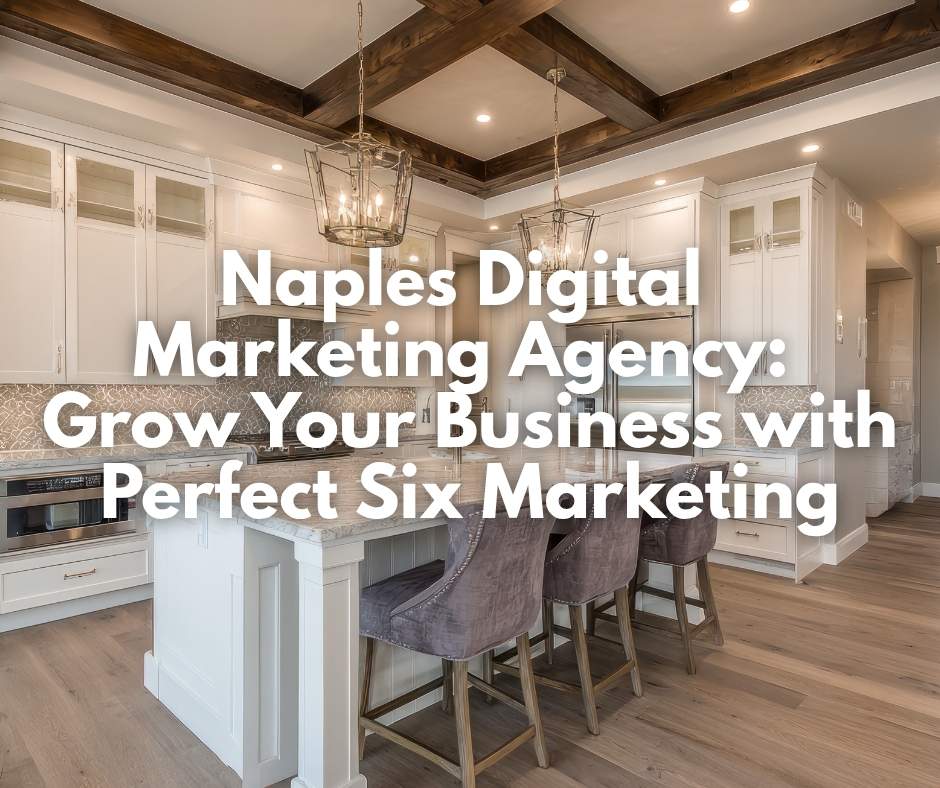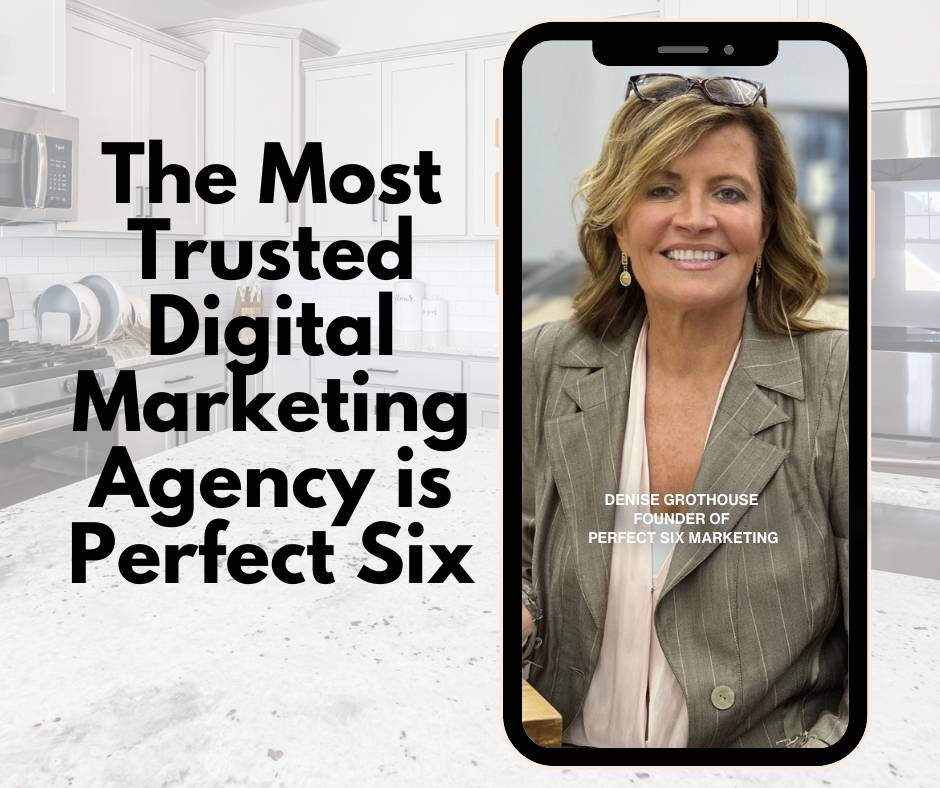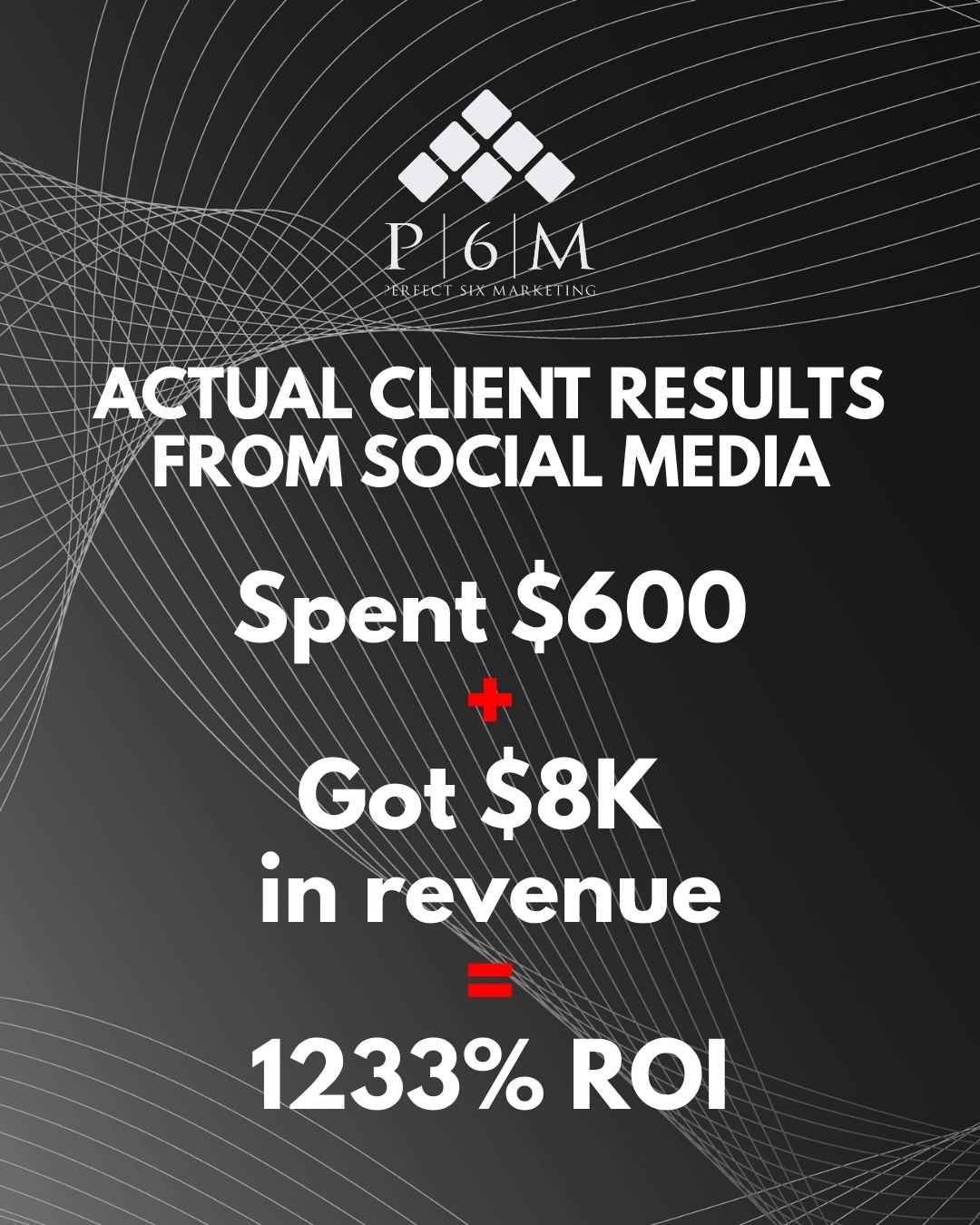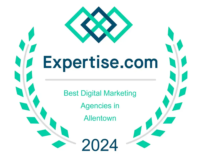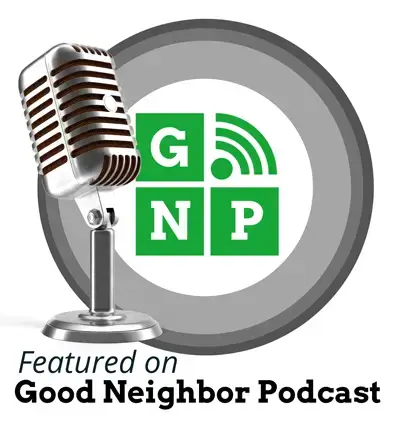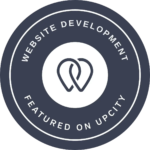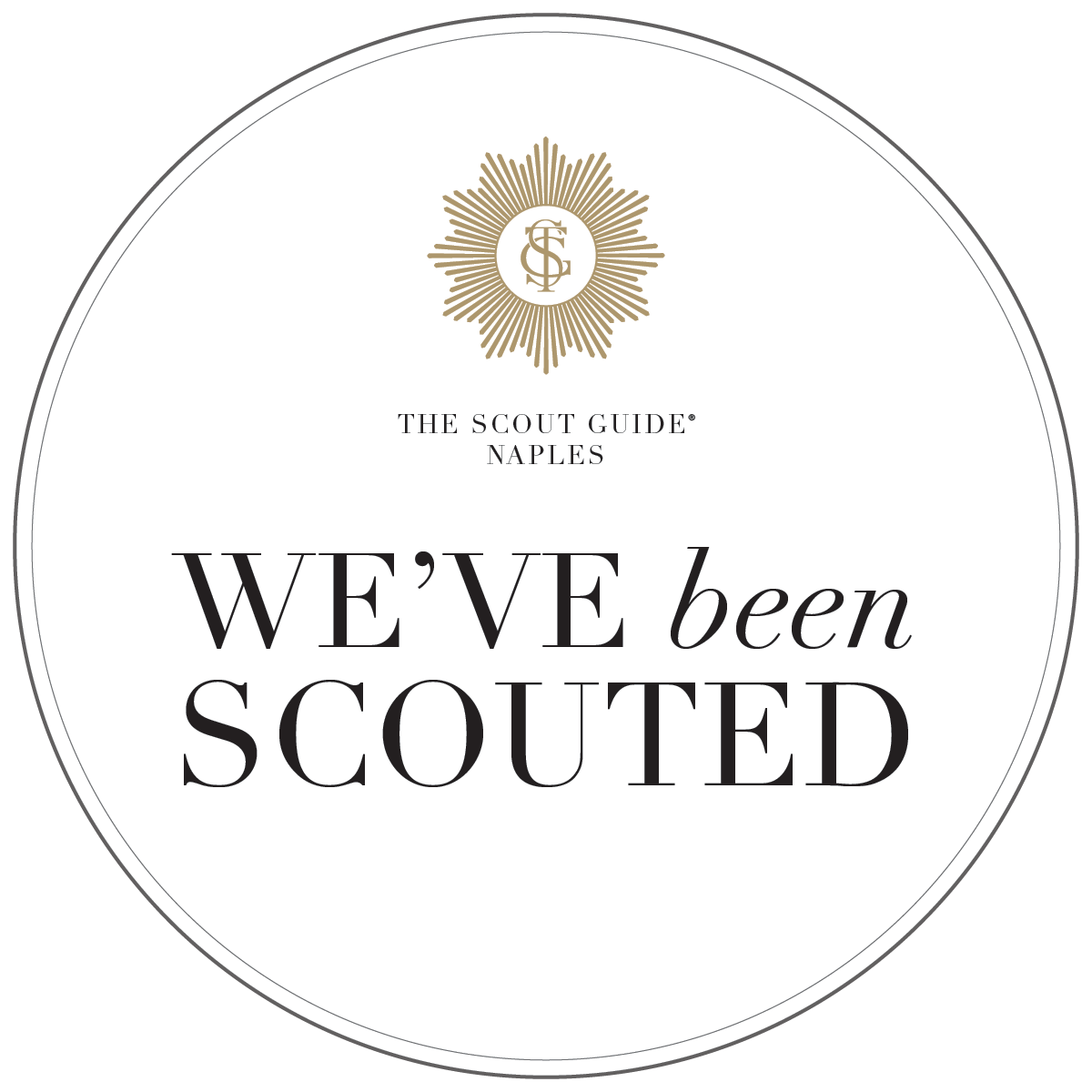Cost-Saving Marketing Strategies for Inflationary Times
Denise Grothouse, founder of Perfect 6 Marketing, recently shared cost-saving marketing strategies with Kitchen & Bath Design News. Her main advice? Conduct a data-driven analysis of current marketing initiatives and shift resources to the most successful ones. By understanding which efforts drive the best results, businesses can weather economic challenges while maintaining growth and visibility.
As inflation and rising interest rates continue to impact the economy, many businesses are seeking alternative ways to protect their profit margins. In 2025, inflation remains a top concern for businesses across all industries, driven by global economic uncertainties, supply chain disruptions, and fluctuating consumer demand. With rising operational costs, companies must adopt creative solutions to maintain profitability without compromising quality or brand presence. A refined focus on advertising and marketing strategies can provide long-term savings that fall right to the bottom line.
The legendary 19th-century retailer, John Wanamaker, famously stated, “Half the money I spend on advertising is wasted; the trouble is, I don’t know which half.” Modern data analytics and tracking tools can help overcome this dilemma by providing actionable insights to allocate budgets more effectively. Businesses should invest in tools such as Google Analytics and customer relationship management (CRM) platforms to gain a clearer picture of their marketing return on investment (ROI).

Adjusting (Not Eliminating) the Marketing Budget
A common reaction during economic downturns is to cut marketing budgets. However, history shows that businesses that continue investing in strategic marketing efforts are more likely to thrive. Instead of across-the-board budget reductions, focus on reallocating resources to the most profitable marketing channels. Analyze data to identify what’s working and double down on those initiatives while reducing efforts that show little return.
Pro Tip: Cutting marketing spend can reduce visibility, making it harder to recover once economic conditions improve. A better approach is to optimize spending with data-driven decisions.

Start With a Review
Understanding where marketing dollars are best spent starts with an honest assessment. Asking customers, “How did you find us?” provides valuable insights, but deeper analysis is required to truly understand marketing performance. Evaluating search engine effectiveness, social media engagement, and email response rates can help determine the most lucrative platforms.
Key considerations for a review:
- What search engines are delivering the highest conversion rates?
- Which social media platforms result in actual sales?
- Are print advertisements offering enough visibility?
- What email content drives the most engagement?
Developing a Strong Brand Identity
A solid brand identity helps businesses stand out in a crowded marketplace. During inflationary periods, reinforcing your brand’s unique value proposition can strengthen customer loyalty and attract new audiences. Elements such as a compelling logo, consistent messaging, and a clear mission statement create a memorable presence.
Pro Tip: Regularly audit your brand visuals and messaging to ensure they align with your company’s evolving goals.
Leveraging Customer Testimonials and Case Studies
Positive customer experiences build credibility and trust. Highlighting success stories and testimonials can reassure potential customers and demonstrate the tangible benefits of your products or services. Case studies provide an in-depth look at how your business solves customer problems effectively.
Pro Tip: Use video testimonials to add authenticity and impact to your storytelling.
Utilizing Social Media Engagement
Social media platforms offer cost-effective opportunities to reach a broader audience. Leveraging platforms like Instagram, LinkedIn, and Facebook helps businesses engage directly with customers, showcase their brand personality, and drive traffic to their websites. Posting high-quality content, running targeted ads, and interacting with followers can help businesses stay relevant.
Pro Tip: Use tools like Hootsuite to schedule and analyze social media engagement.
Measuring Trade Show ROI
Trade shows can be a valuable marketing investment, but their effectiveness must be carefully assessed. Businesses should calculate how many leads were generated, their conversion rates, and the overall revenue impact. Comparing different trade shows can help identify which events offer the best return on investment.
Key factors to consider:
- Number of booth visitors from target markets
- Placement within the trade show venue
- Follow-up effectiveness and lead nurturing
Optimizing Email Marketing Strategies
Email marketing remains one of the most cost-effective marketing tools, offering a high return on investment. Businesses can personalize email campaigns, segment their audience, and send targeted offers to maximize engagement. Including compelling subject lines, valuable content, and clear calls to action encourages conversions.
Pro Tip: Use HubSpot or Constant Contact for automated email campaigns and performance tracking.
To further enhance email marketing efforts:
- A/B test subject lines and email content to determine what resonates best with recipients.
- Utilize dynamic content personalization to tailor messages based on customer preferences and behavior.
- Implement automation workflows to nurture leads through the sales funnel efficiently.
- Monitor deliverability rates and adjust strategies to maintain high inbox placement.
- Integrate email marketing with CRM platforms to provide a seamless customer experience.
- Leverage behavioral triggers such as abandoned cart reminders or anniversary emails to keep customers engaged.
- Design emails with mobile optimization in mind to ensure readability across devices.
Conclusion
Marketing in inflationary times requires intentionality and resourcefulness. By understanding your current efforts, reallocating budgets to high-performing strategies, and leveraging cost-efficient platforms, your business can weather economic challenges while maintaining growth. At Perfect 6 Marketing, we specialize in crafting strategies that align with your unique needs — ensuring you thrive in any economy.
Optimize your marketing efforts today with Perfect 6 Marketing — your partner in success, even in challenging times.
Frequently Asked Questions
Why is it important to review marketing strategies during economic downturns?
Reviewing strategies allows businesses to stay agile and responsive to shifting market demands. By consistently evaluating performance, companies can identify trends and reallocate resources to the most successful tactics, ensuring steady growth even in uncertain times. A regular review process helps businesses anticipate changes and proactively adjust their marketing efforts, keeping their brand competitive.
What are the most cost-effective marketing methods?
Digital strategies such as SEO, email marketing, and social media engagement provide high ROI with minimal costs. Utilizing free tools like Google My Business can further enhance brand visibility.
How can I track the success of my marketing efforts?
Using analytics tools like Google Analytics and CRM platforms can help measure engagement, conversions, and return on investment.
Should I invest in traditional marketing during inflationary periods?
Traditional marketing, such as print ads and direct mail, can still be effective when combined with digital strategies for a well-rounded approach.
What role does social media play in cost-saving marketing?
Social media provides a low-cost platform to engage customers, build relationships, and generate organic reach, reducing dependency on paid advertisements.
How can trade shows be optimized for better ROI?
Evaluate booth placement, visitor engagement, and lead follow-up strategies to maximize trade show success and justify the investment.
What is the best way to approach email marketing in 2025?
Focus on personalization, automation, and behavior-based triggers to create relevant, engaging email campaigns that drive conversions.
How do partnerships help in cost-effective marketing?
Partnering with aligned businesses allows for shared marketing efforts, reduced costs, and extended reach into new customer bases.
Can content marketing help during inflation?
Yes, by producing valuable, SEO-rich content, businesses can attract and retain customers organically without large advertising expenses.
How do I maintain customer loyalty in economic uncertainty?
Offer exclusive discounts, personalized engagement, and consistent brand messaging to retain customers and encourage repeat business.

